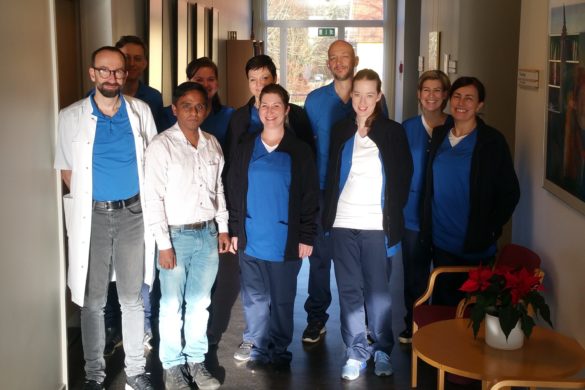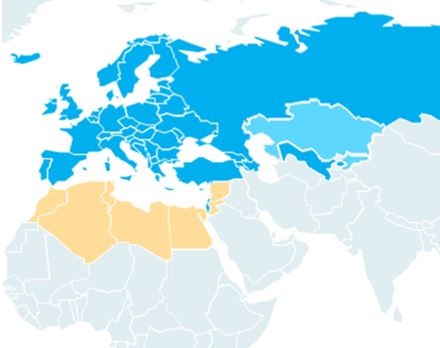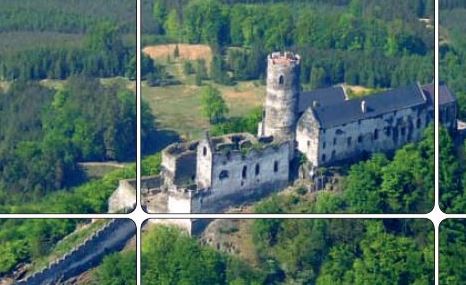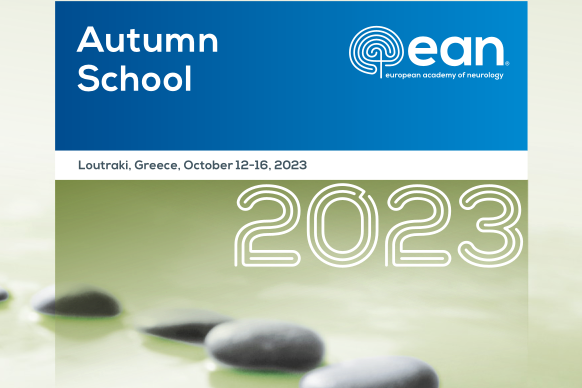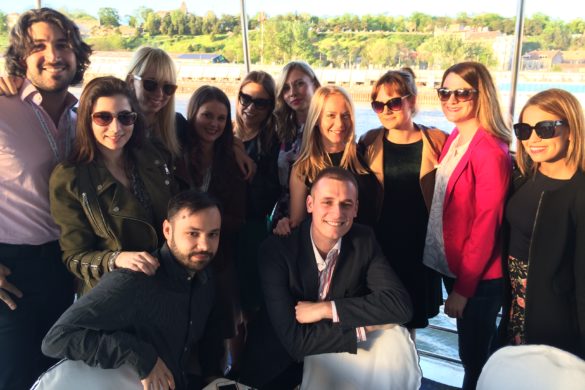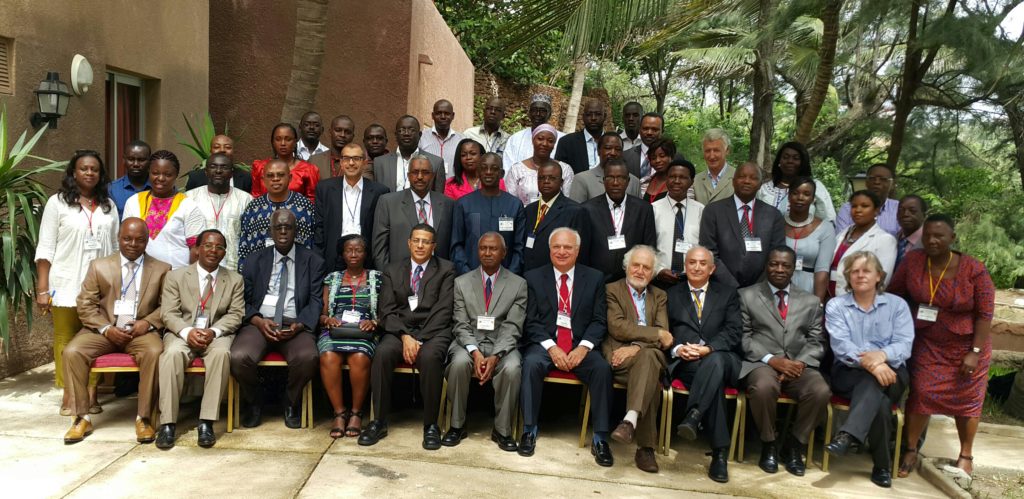
During the EAN conference in Amsterdam in June 2017, the symposium on “Challenges for Women in Neurology” had 2 out of 3 invited speakers address aspects African Neurology (Dekker from Tanzania; Charway-Felli from Ghana).
That is not a coincidence, as this region has seen significant developments in very recent years. In an article published by Practical Neurology this month (Dekker MCJ, et al. Pract Neurol 2017;0:1–4. doi:10.1136/practneurol-2017-001693), daily practice in Tanzanian neurological practice is being described by two neurologists who have been working in one of the oldest teaching and training hospitals of East Africa, Kilimanjaro Christian Medical Centre in Moshi, Tanzania. Situated at the foot of Mt Kilimanjaro (5895m.) and with a catchment population of about 18 million people in Northern Tanzania and to a lesser extent Southern Kenya, common neurological disorders are seen like in any other neurologist’s practice worldwide, but also some unusual conditions. Apart from stroke, seen in an on average much younger age and with a higher proportion of haemorrhagic stroke, infection, epilepsy and trauma are important contributors to the burden of neurological disease. Although the HIV-seroprevalence in Tanzania overall (about 5%) is not as high as seen in many other Sub Saharan countries, HIV/AIDS itself in all ages, and neurological opportunistic infections continues to dominate neurological care in our centre. Despite decades of global health and local efforts to battle the virus, these rates are not likely to decline anytime soon. Furthermore, albeit in smaller numbers, tetanus, rabies, cerebral malaria and CNS tuberculosis are being seen in all ages. More specific for our setting are cervical myelopathy due to fluorosis (endemic in nearby volcanic regions) and of course high-altitude cerebral oedema in mountaineers climbing Mt. Kilimanjaro.
Apart from this unusual array of neurological disorders, we teach and train in neurology. Presently Tanzania (about 43 million inhabitants) has four neurologists (including expat doctors) in clinical practice, and three more in more managerial functions. Training new neurologists is a very important task.
In recent years, there have been efforts from European Academy of Neurology (and previously EFNS) to liaise with colleague neurologists from the Sub Saharan region. Likewise the recently founded African Academy of Neurology (Secretary General being our second speaker Dr. Tina Charway-Felli from Ghana) will help further integration of African neurology into global neurology and healthcare at large. For the ninth year in succession, EAN and AAN are organising a teaching course in neurology for young Sub Sahara neurologist colleagues, which is held in different countries from year to year. This year it will be held in Ouagadougou, Burkina Faso.
Teaching potential applies to both directions, as there is a lot to be learnt from Tropical Neurology as well. In a low-resource setting, a sharp ear and eye for history and physical examination may be all there is available to get diagnosis and management. It keeps daily practice in Northern Tanzania challenging, interesting but most of all very worthwhile.
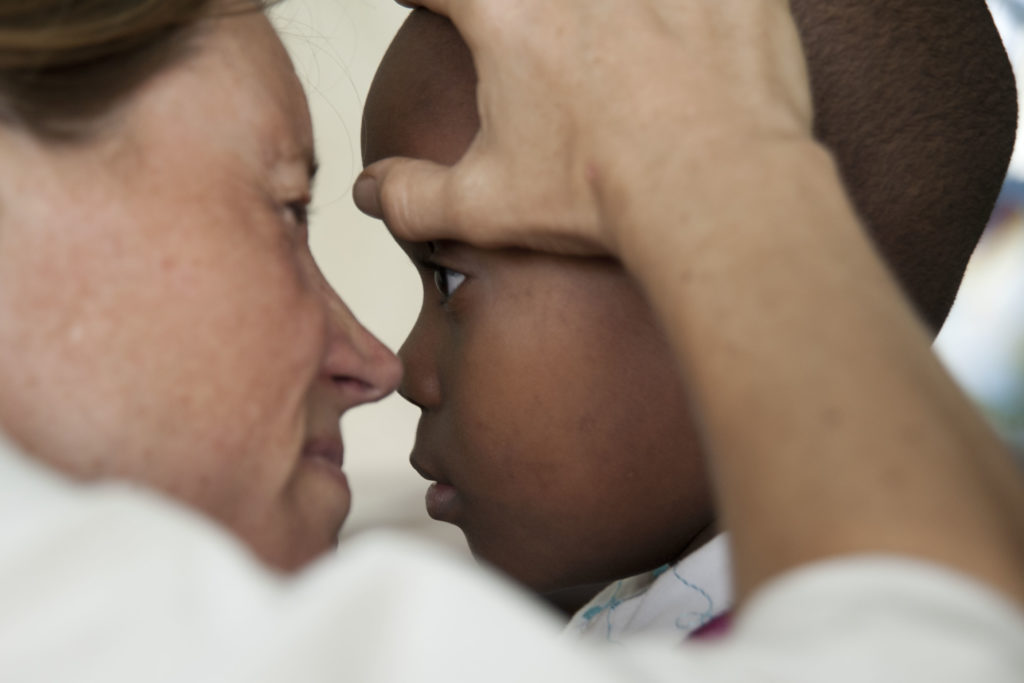
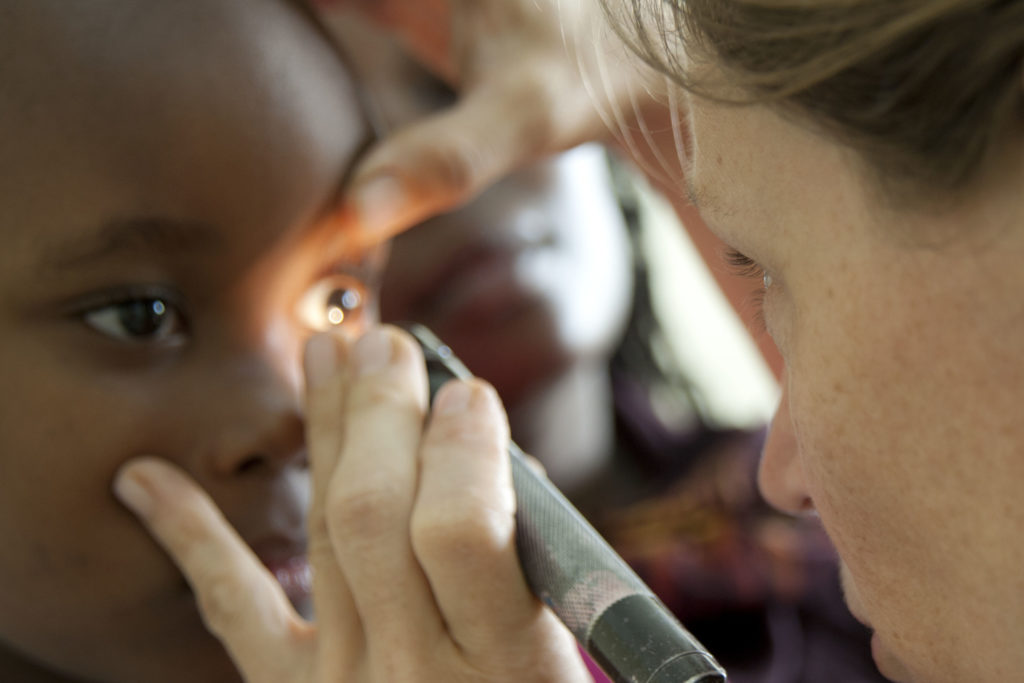
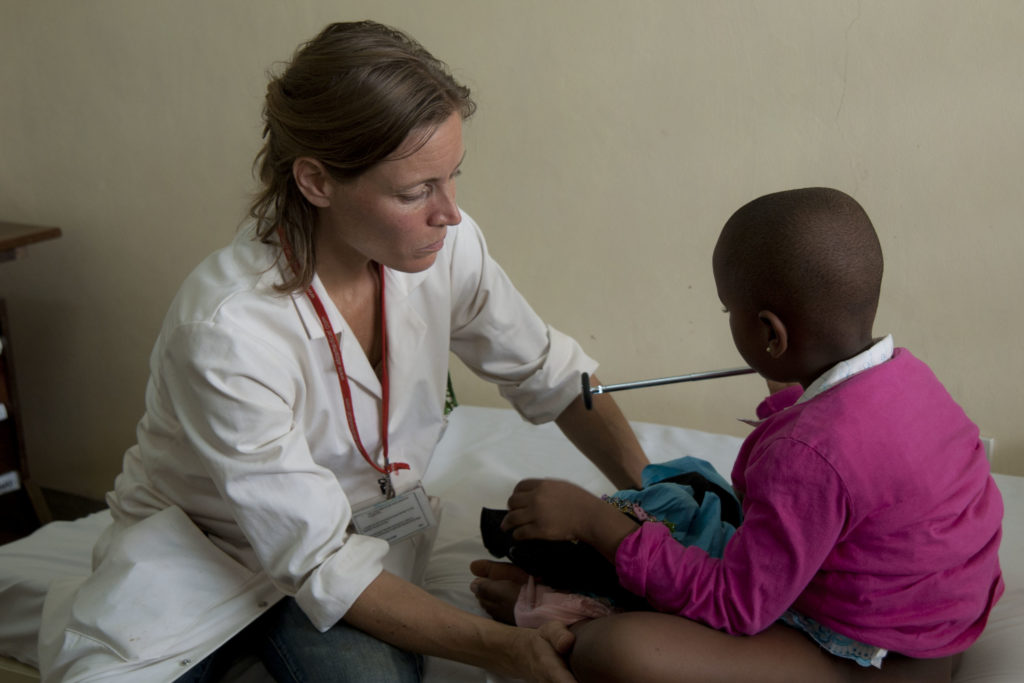
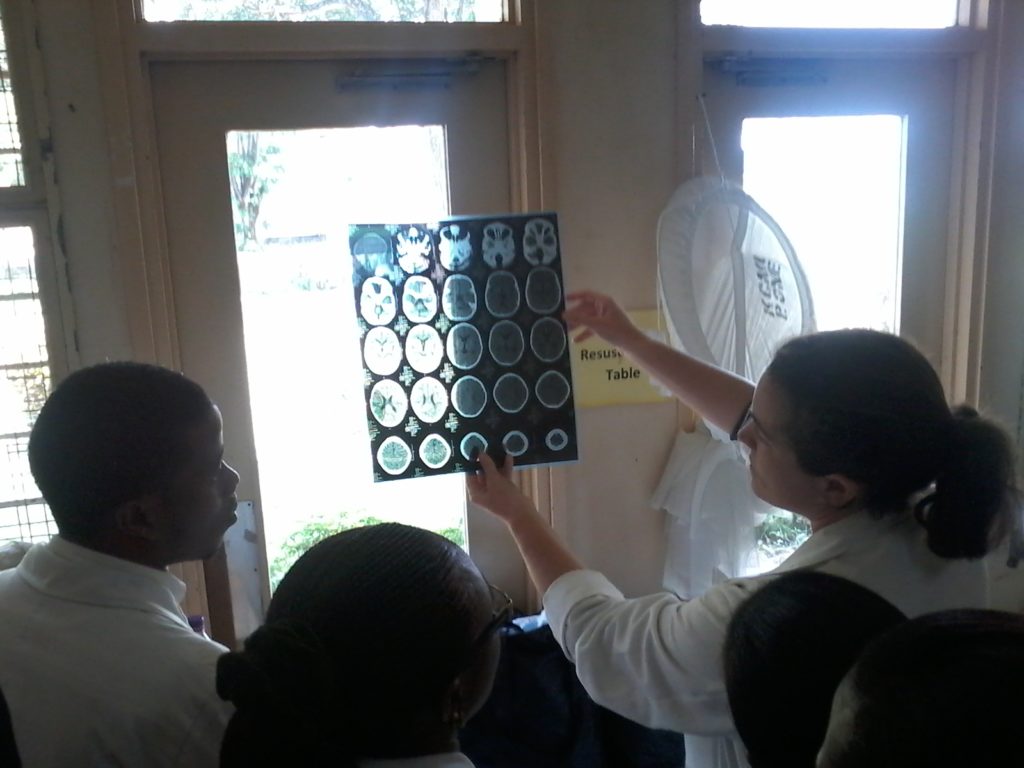
Marieke Dekker MD PhD, Neurologist in Kilimanjaro Christian Medical Centre, Moshi, United Republic of Tanzania




